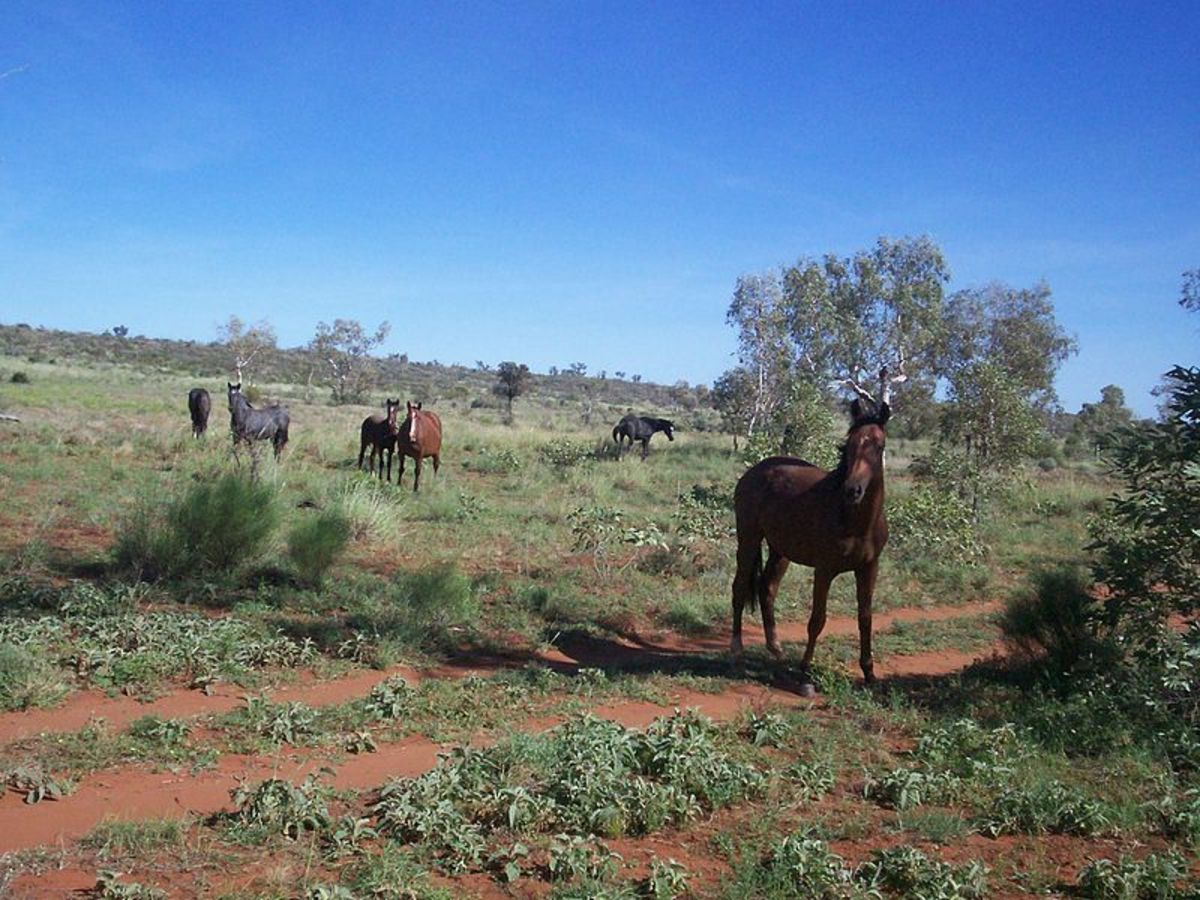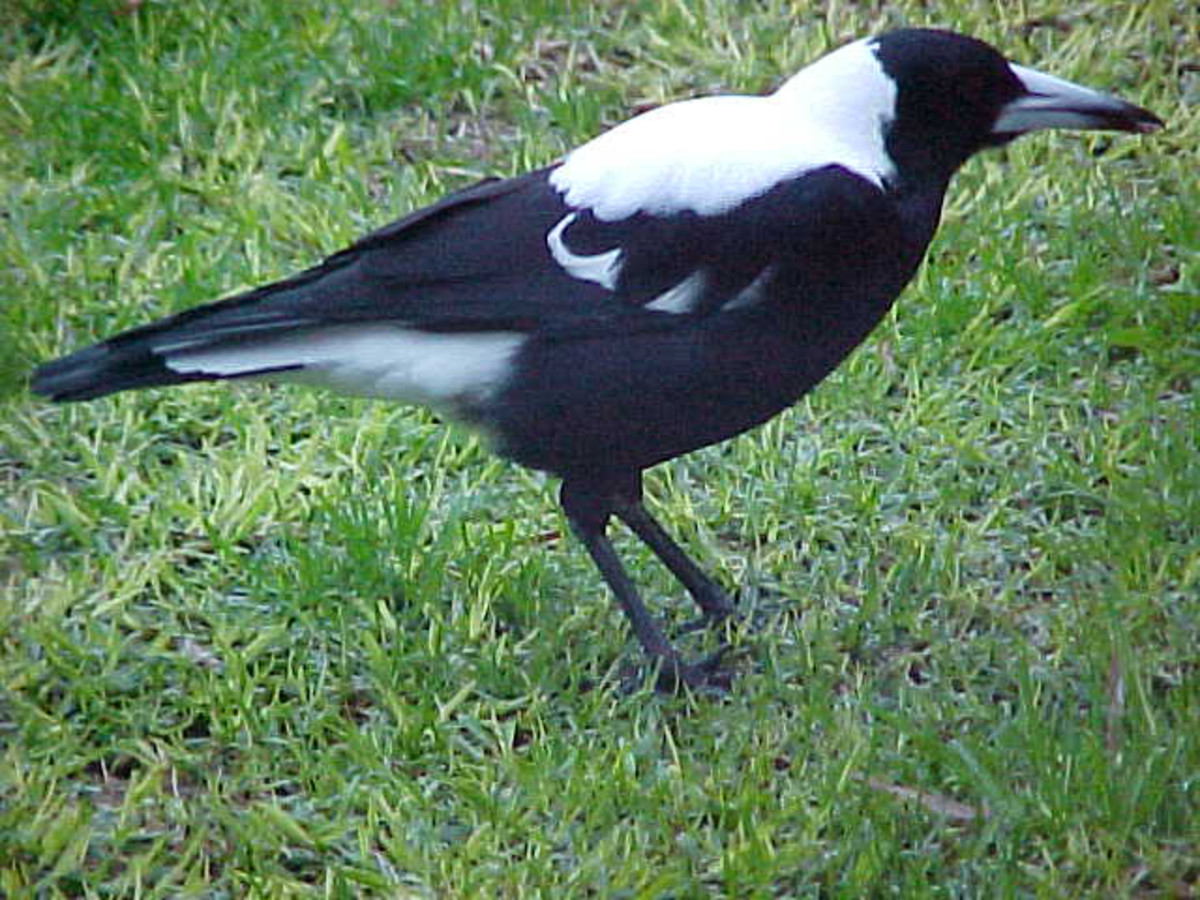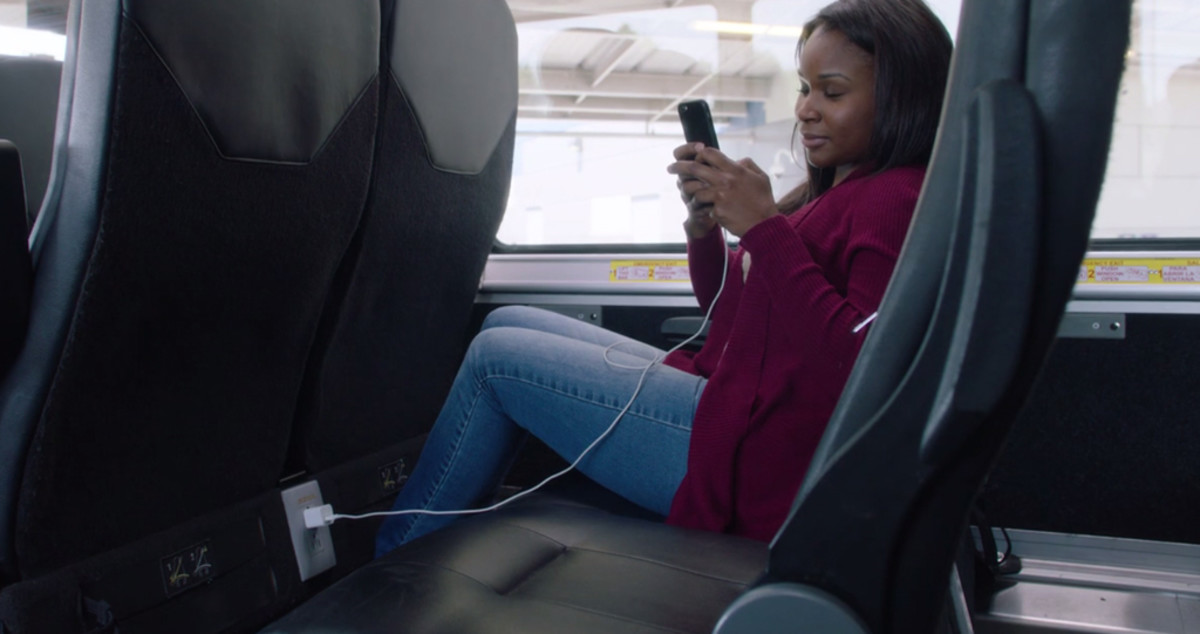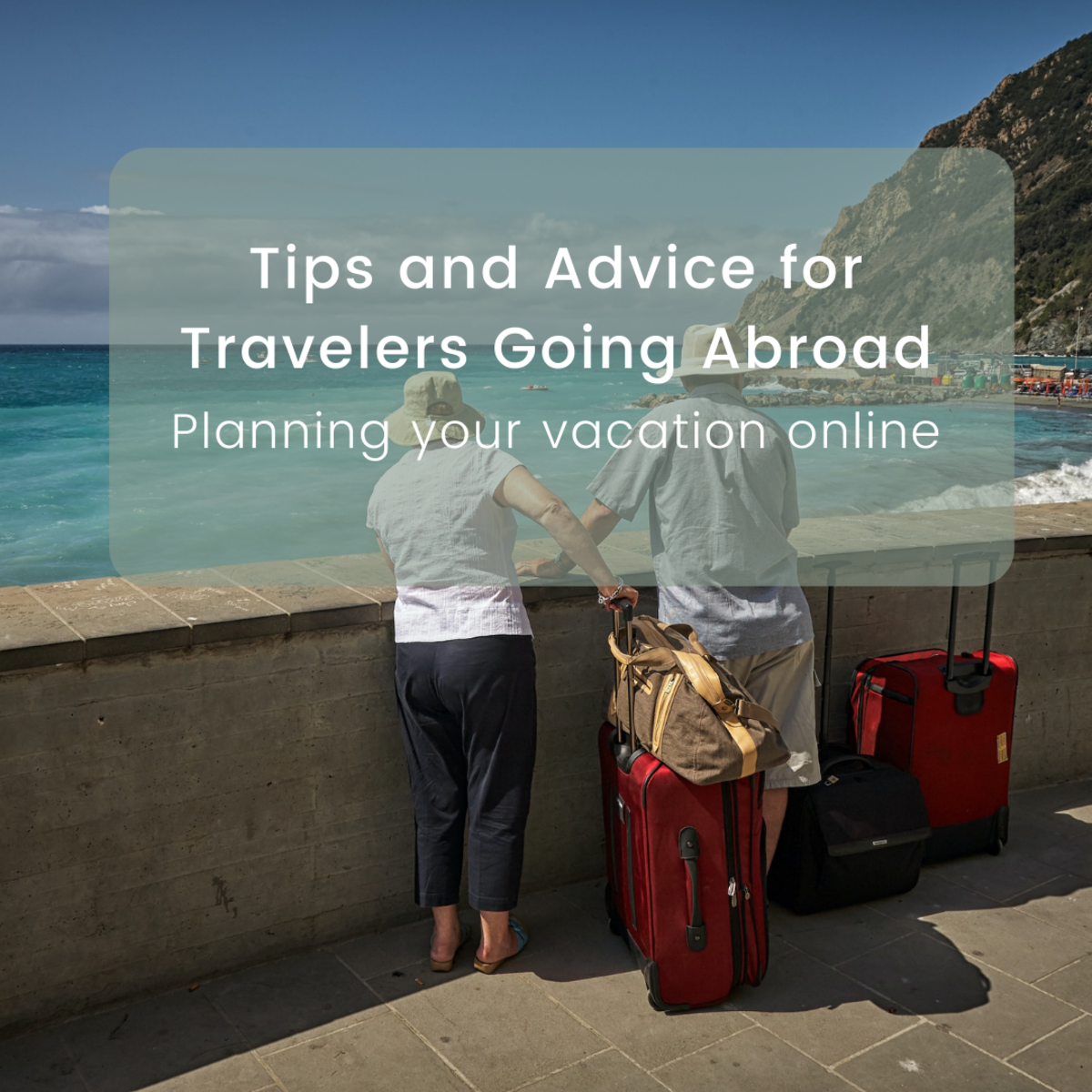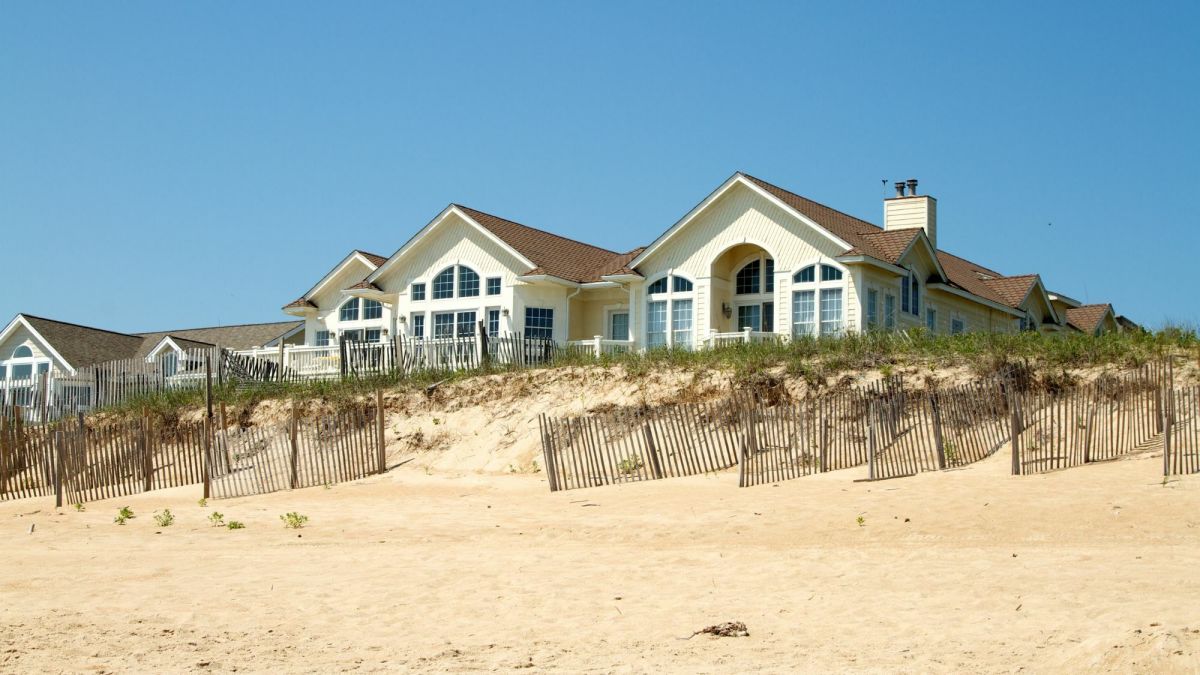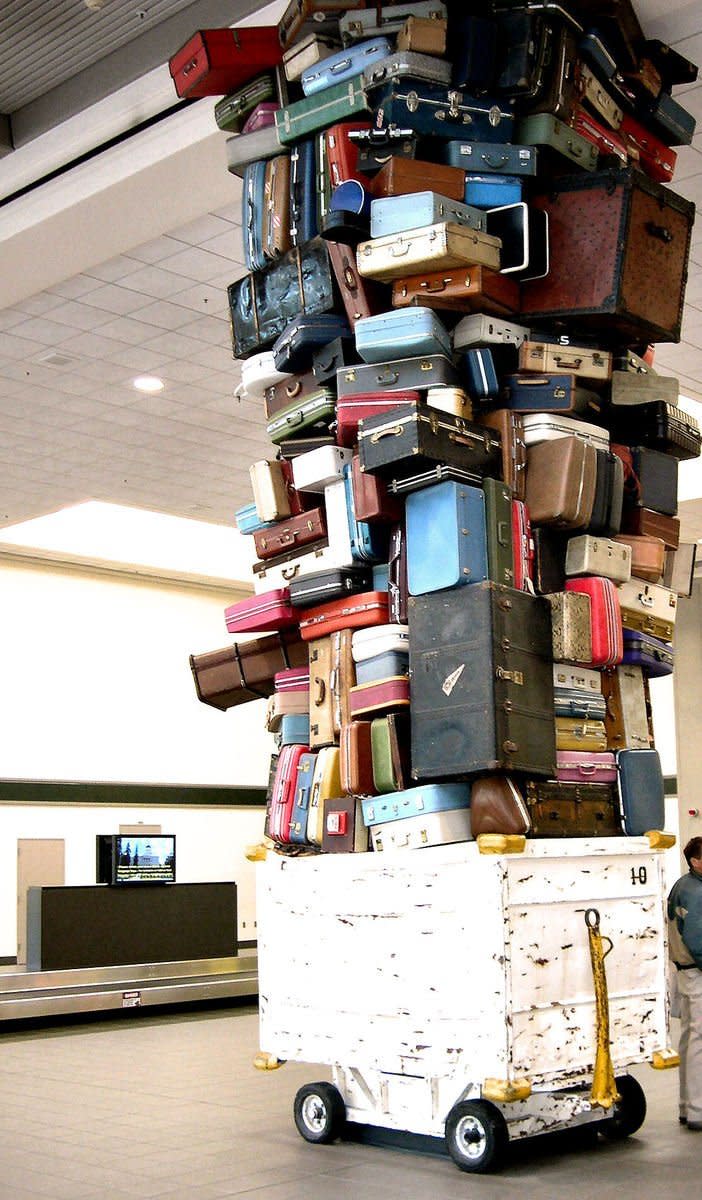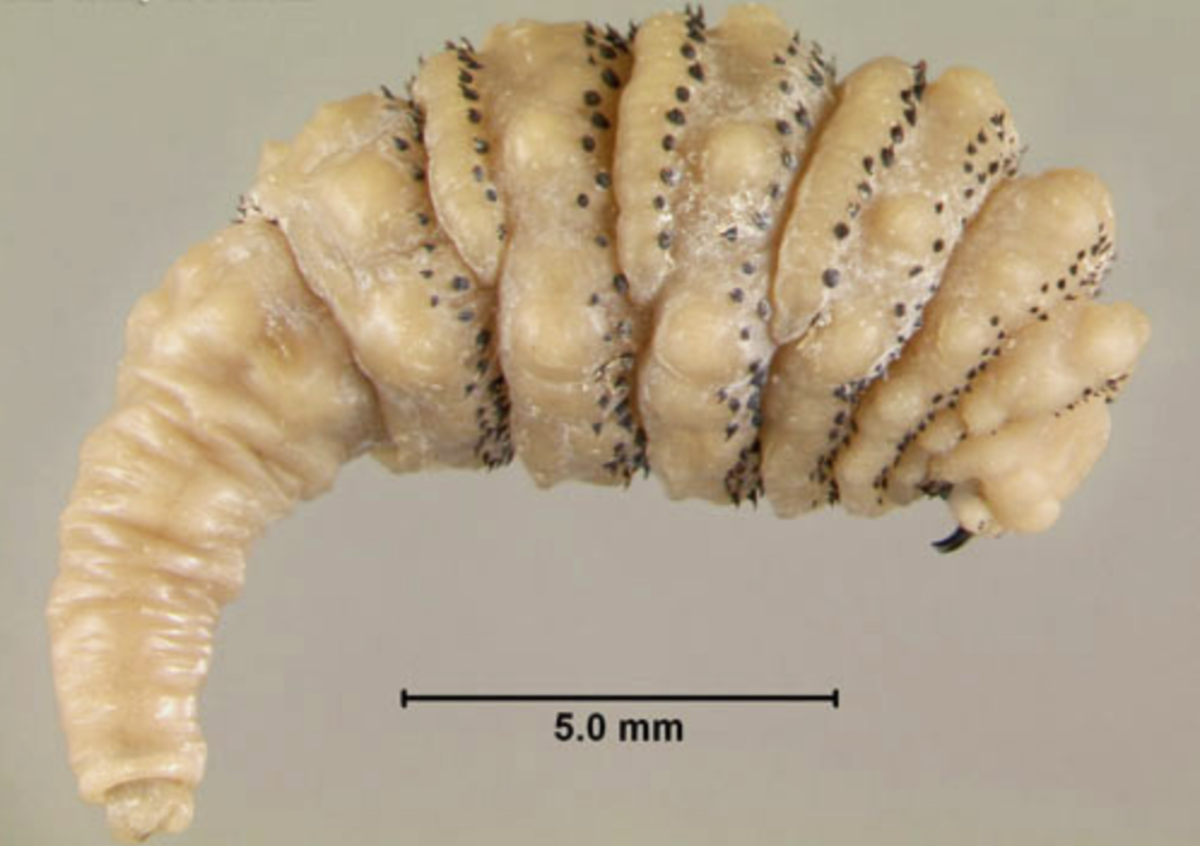6 Important Things to Know BEFORE you Arrive in Australia
Planning and preparation can make your Australian adventure more fun...
Once you know how you are going to get to Australia, you can turn your mind to planning the rest of your trip. A little planning and foreknowledge can make your trip to Australia go a little smother.
The things you do every day at home without thinking about them can be a little trickier in a foreign country – if you’re not prepared. The time you spend planning upfront before you leave for your trip to Australia will free up your time on vacation for more important things, like climbing the Sydney harbor bridge or snorkeling on the Great Barrier Reef.
So what should you know about Australia before you arrive? Here’s six helpsul hints tha may make your trip to Australia more about fun.
Beach Somewhere in Australia
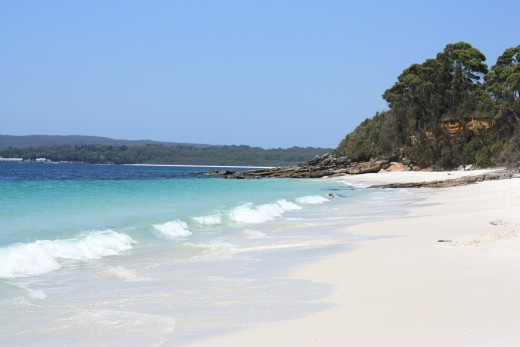
1. Power
Australia’s electrical current is 220-240v, AC 50 Hz.
In the US the electrical current coming out of our wall sockets is 120v, AC 60 Hz. For some electrical items this difference is important! If you plug your US hairdryer into an Australian outlet (even with the adaptor) you will likely fry your hairdryer. Unless its dual voltage, or you are using a converter.
Check any electrical appliances you plan to take with you to Australia, to ensure they operate under a 240 volt power system.
Most computer equipment such as laptops, tablets and cell phone chargers operate under both power systems. Check the power adaptor to be sure. Australia’s power outlets are three pin, but the configuration is different to the US three pin design.
You should purchase an adaptor, or better still, a few before heading to Australia. When buying an adaptor look for one with a flat surface. Finding that most of your plugs can’t be plugged into your adaptor once you arrive and have a flat cell phone battery will be too late.
Better still bring a couple of adaptors or a travel power board. Between iPads, smartphones, laptops and camera’s it’s likely that you will want to charge at least two things at the same time. Word from the wise though, buy these stateside for a couple of dollars, rather than ten dollars plus Down Under!
2. Climate
If you haven’t worked it out already, I’m sure the super discount airfares to Australia in July would give away the game: When its winter in the US (or northern hemisphere) its summer in Australia. And yes, that means in Australia Christmas falls in summer, though restaurants will put on a “Christmas in July” feast during winter to bring patrons out of their homes to enjoy a traditional Christmas feast with all the trimmings.
Australia has roughly the land mass of the United States, but the climate isn’t quite as variable. Snow does fall in the Snowy Mountains and you can ski in Australia, but I wouldn’t head there for the skiing (try New Zealand instead).
For island beach getaways head north to Queensland where the weather is hot in summer and mild during the winter.
One thing to remember though; despite Australia having a reputation of being a land of beaches and sunshine, it does rain here! Don’t forget to pack a travel rain cape, raincoat or umbrella as well as the sunscreen and sunglasses.
3. GST - Goods and Services Tax
Australia carries a 10% goods and services tax on most purchases made in Australia. Unlike, US sales tax which is added at the register, GST is included in the advertised price of items sold in Australia.
As a visitor to Australia, tourists may have their GST refunded for certain purchases. Not all purchases are eligible so you should know before making your purchases which ones you can claim the GST back on, and which ones you can't.
Look for the kiosk at the airport when you depart to have your GST refunded.
4. Cell Phones
Before packing your cell phone, be aware that Australia’s mobile phone network is a GSM network. That means unless your Sprint or Verizon phone has a SIM card it will not work while you are in Australia. If your Sprint or Verizon phone does have a SIM card, don’t forget to call your provider and turn on Global Roaming. You will also want to know which of the Australian carriers your US provider has a reciprocal agreement with (read cheaper rates!).
My Sprint BlackBerry Bold works wonderfully down under, but I use it exclusively to receive email, as the phone plan I’m charges calls back to the States at $1.99 a minute. Ouch! If you are going to use Global Roaming make sure you understand the charges - for phone calls as well as Data roaming!
You should also be aware that if you are going to be in Australia for a long trip, or you plan on making heavy use of your cell phone that there may be cheaper options available such as purchasing a local prepaid phone once you are in Australia, or if you already have an unlocked GSM phone, just the SIM card. Buy the SIM before you go and have your Australian cell phone number before you arrive.
If you have a 3G enabled Apple iPad (AT&T version only!) it may be the cheapest method for you to have internet access while in Australia. (Did you need an excuse to buy an iPad?)
Bring the little tool that opens the SIM slot on your iPad (and your iPad obviously!) and take it to the nearest Australian carrier. Surprisingly prepaid 3G internet access is relatively cheap in Australia.
At the time of writing (March 2012) you can pick up a iPad micro SIM at Telstra including 3 gig of data (expiry 30 days) for AUD $30 (just over US $30).
Update: iPad3 and 4g access in Australia, Europe and UK. SDon't buy a new iPad3 for the 4g access while travelling! Apples lates iPad, at the time of writing is facing issues in Australia and potentially the UK and Europe for its advertising of iPad3 as 4g in those countries. 4g access is limited to the bands that US and Canadian telecoms companies use. Australia's bands are not covered and it appears bands in the UK and Europe may also be excluded. iPad3 is enabled for 3G access in those countries, however. As is the iPad2.
Australian's other carriers, Vodaphone, Optus and Virgin Mobile will also offer ipad micro sims for sale, but if you are going to travel outside of Australia's major cities you should go with Telstra over the other carriers. Telstra's network covers more of regional Australia than the other carriers. Each carrier will have a coverage map available on their website.
5. Driving
Australians drive on the left side of the road and the steering wheel of Australian cars is on the right side of the car. Confusion may also be caused by the windscreen wipers and indicator (blinker) signals being reversed on some cars.
Brake pedal and gas pedals is the same as the US configuration.
Though, most rental cars will have an automatic transmission, the occurrence of manual or stick models of automobile is far more prevalent in Australia than in the US (they are also cheaper!). If you are borrowing a car from friends, or acquaintances and can’t drive a stick shift, always remember to ask!
When it comes to filling your car with gas, Australians don’t pre-pay either. You will find no pay at the pump feature. Just fill-up then go inside and pay the attendant. Avoid the snacks and drinks though – they are hideously overpriced…
6. Money
The currency in use in Australia is the Australian dollar. At the time of writing the exchange rate between the Australian dollar and US Dollar was roughly parity. That is, one USD was worth roughly one AUD.
You will need Australian dollars on your travels, which means converting your US dollars to Australian dollars. All the usual options are valid: Travelers Checks, Credit Cards and converting cash, but be careful of the fees involved.
Travelers Checks and converting cash generally have a one off fee and a poor exchange rate. Credit card transactions will give you a better exchange rate, but many credit cards charge a flat percentage on all foreign currency denominated transactions.
A recent transaction on my Bank of America Visa Debit card attracted a 3% foreign transaction charge. There are credit cards out there without foreign transaction fees attached, and given the amount you are likely to spend on vacation in Australia, it may be worth sourcing one!
Another little known way to obtain foreign currency, in this case Australian dollars, is to take your US Bank debit card and use it in an Australian ATM. Most US Banks have a reciprocal agreement with foreign banks that give their customers access to fee free transactions and
depending on the type of account you hold with you US based bank, perhaps no foreign transaction fees. For example: If I use my US Visa Debit Card to purchase goods in an Australian store, I am charged a 3% foreign transaction fee. If I take the same card however, and withdraw cash from a Westpac (Australian bank with partnership with Bank of America) ATM, there is no fee.
Check with your bank prior to departure for Australia whether your account is eligible for this type of transaction. Saving 3% on all your foreign spending can be significant!
More about getting to and around Australia
- Exploring Australia with an Aussie Airpass on Virgin Blue or Qantas
Aussie Airpass fares are sold by both of Australia’s major airlines—Virgin Blue (VAustralia) and Qantas—allowing for cheap domestic flights around Australia. - Flights from USA to Australia: Direct and via Other Destinations
Booking airline flights from USA to Australia will be one of the first considerations in planning your vacation in Australia. So should you fly direct, or take advantantage of some of the wonderful stop-overs on the way? - The Cheapest Airfare to Australia May Not Be an Online Discount Airfare
If you are including domestic travel within Australia or plan to travel internationally withing the region,

